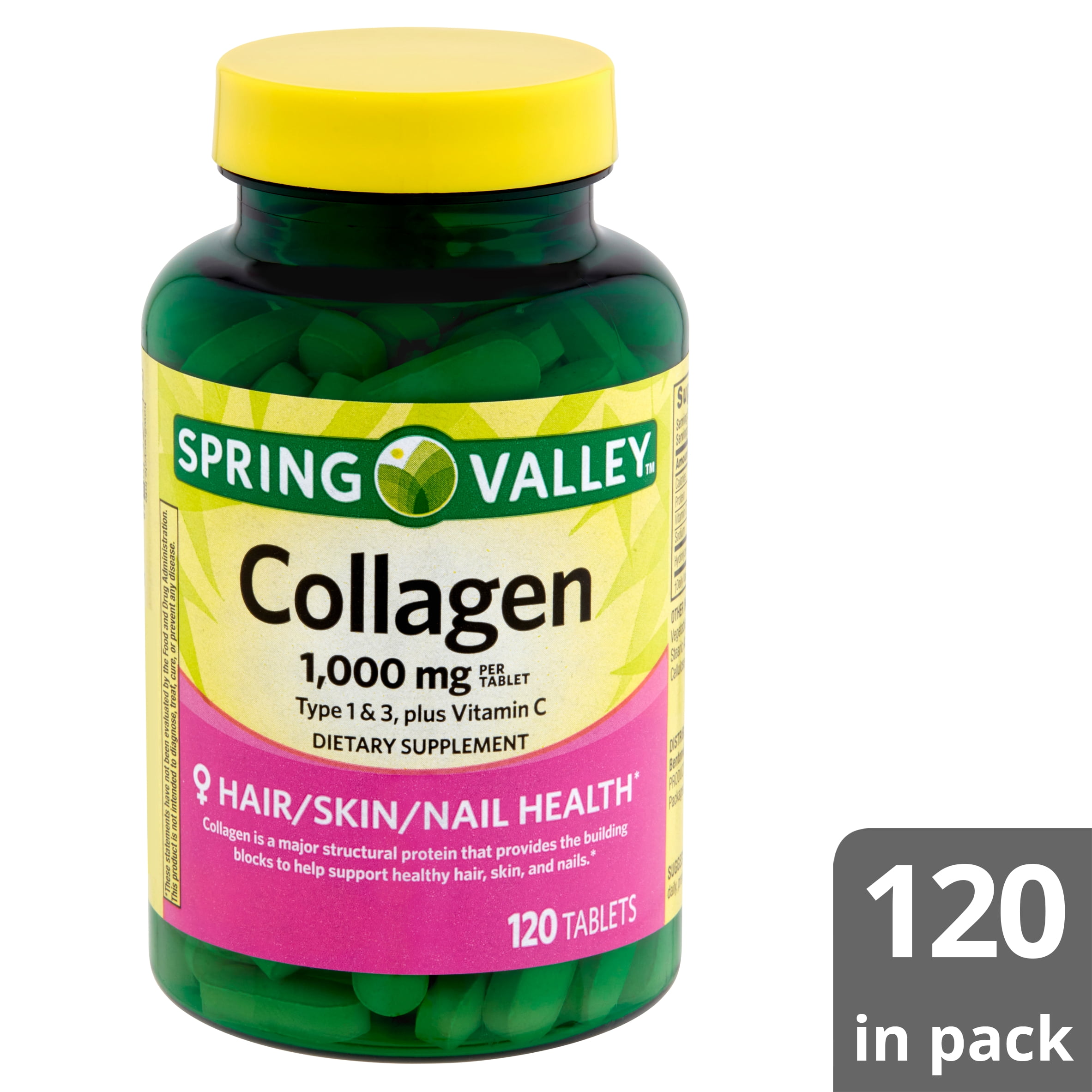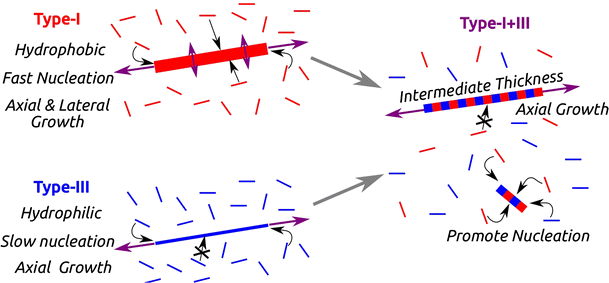

Over time, the ideal levels of collagen our bodies naturally produce begin to wane. Why supplement with collagen if it already naturally occurs in the body?

Alanine – amino acid used in the biosynthesis of proteins 4Ĭollagen Type 2 is produced by chondrocytes (the non-cellular matrix of cartilage) – a liquid-like filling within the cartilage.Hydroxyproline – amino acid that plays an essential role in the stability of collagen 3.Proline – a non-essential amino acid synthesized from glycine and important in function of joints and tendons 2.Studies suggest the need for glycine supplementation to achieve ideal metabolic processes 1. Glycine – the amino acid found at the highest levels in collagen, requires more serine than our bodies can naturally produce.Proteins in these types include glycine, proline, alanine, and hydroxyproline. Over 90 percent of collagen in the body is comprised of Type 1 & 3 Collagen. These types are produced by fibroblasts (cells in connective tissues) and osteoblasts (cells that make bones). There are 19 amino acids (proteins) found in Collagen Types 1 & 3 – each essential to functions and maintenance within skin, muscles, and bones. Type 2 collagen supplements should be taken separately from Types 1 & 3 to ensure adequate absorption*. Collagen Type 2 protein makes up the fluids and function in the cartilage and joints. Types 1 & 3 can be taken together and may support skin, muscles, bone health, and hair and nail growth and maintenance*. But do you know there are different collagen types and which types are better taken together or apart from each other? Did you know that aside from water, collagen is the most plentiful substance in our bodies and is a building block for skin, tendons, and bones?Ĭollagen types contain different proteins which serve separate purposes within the body.
#Type 3 collagen skin
Perhaps you’ve used collagen supplements or taken a form of gelatin to help improve the health of your hair, skin or nails.


 0 kommentar(er)
0 kommentar(er)
